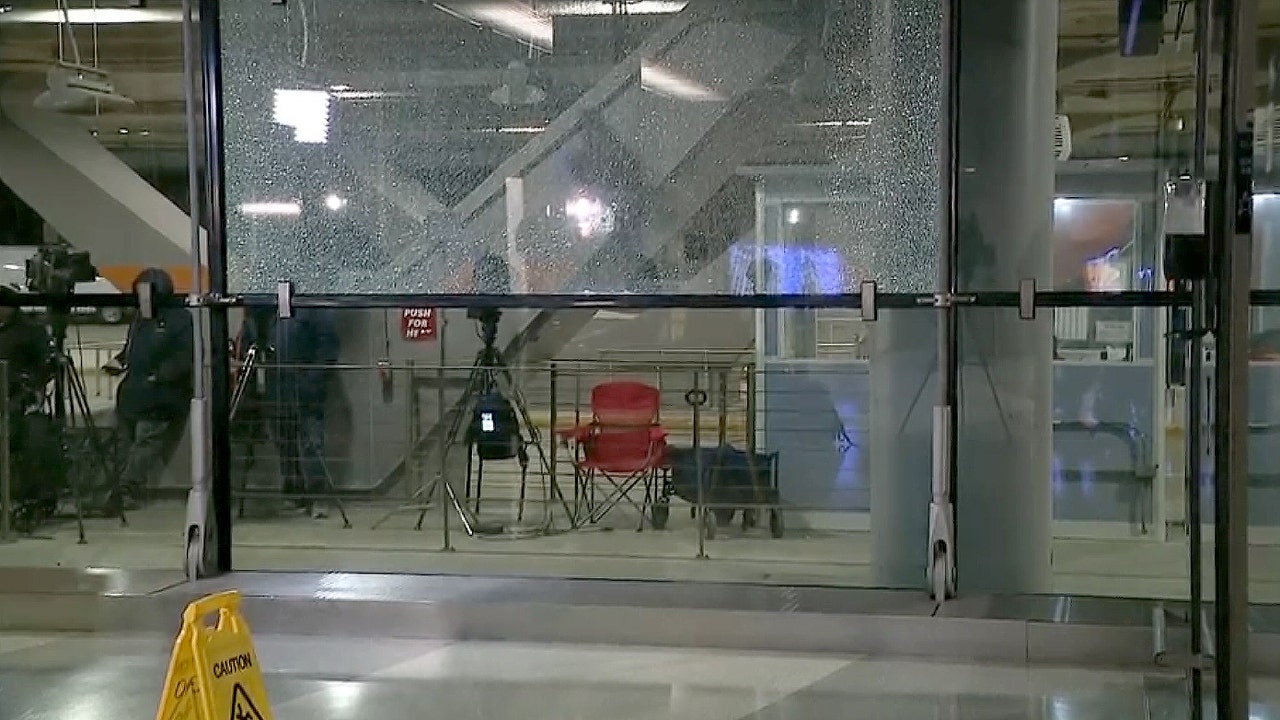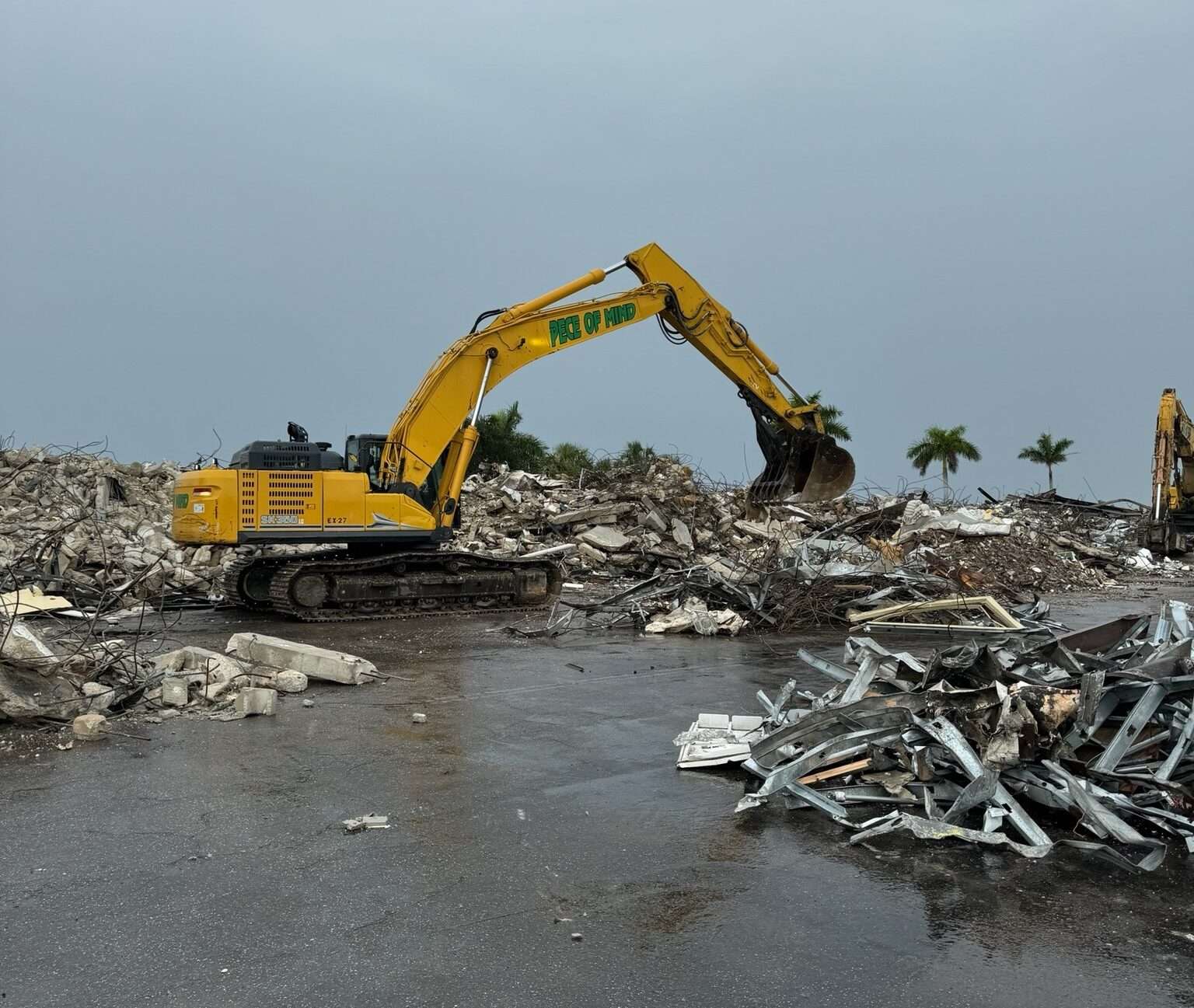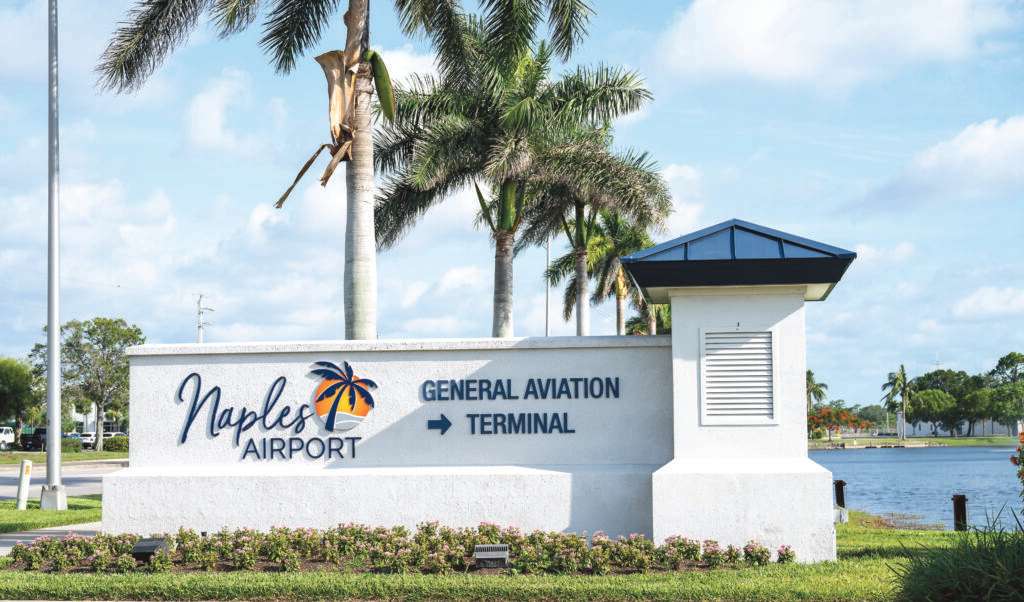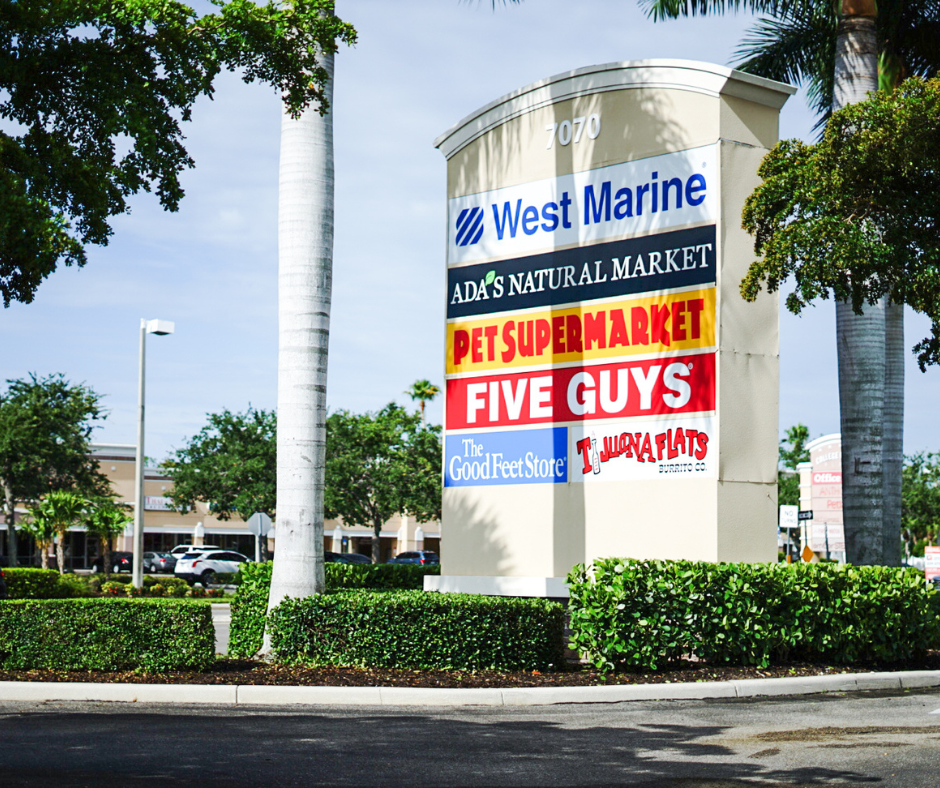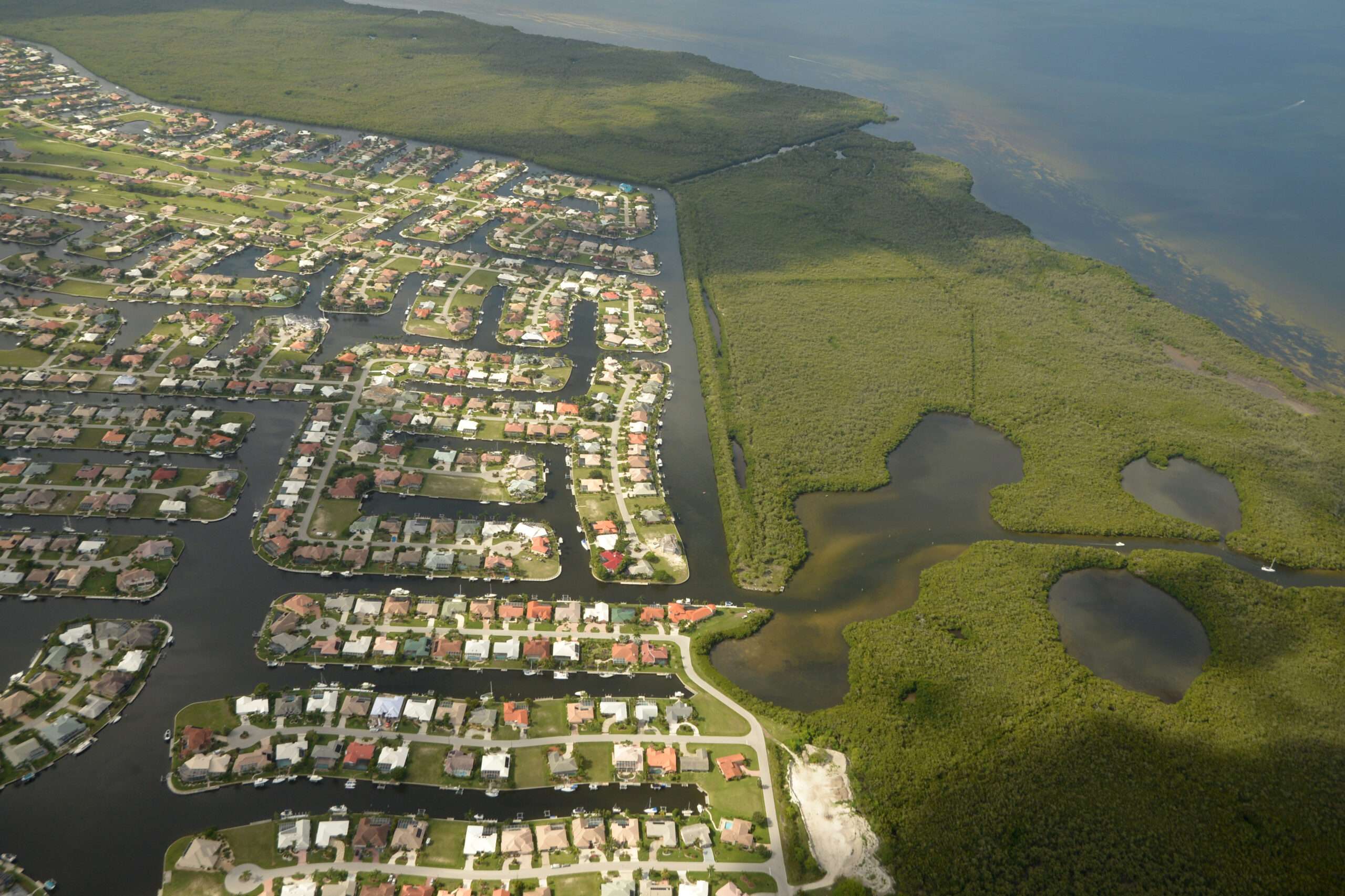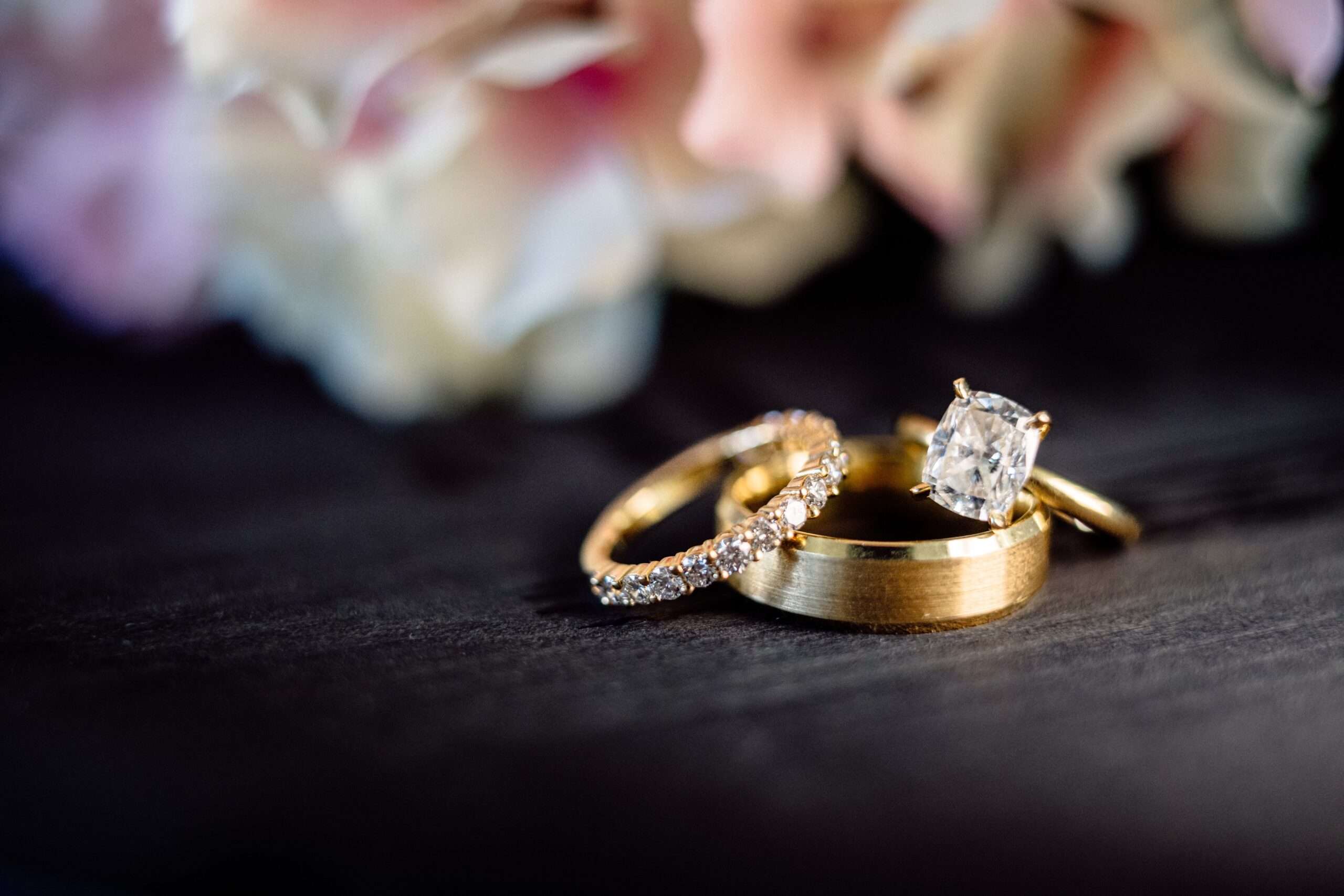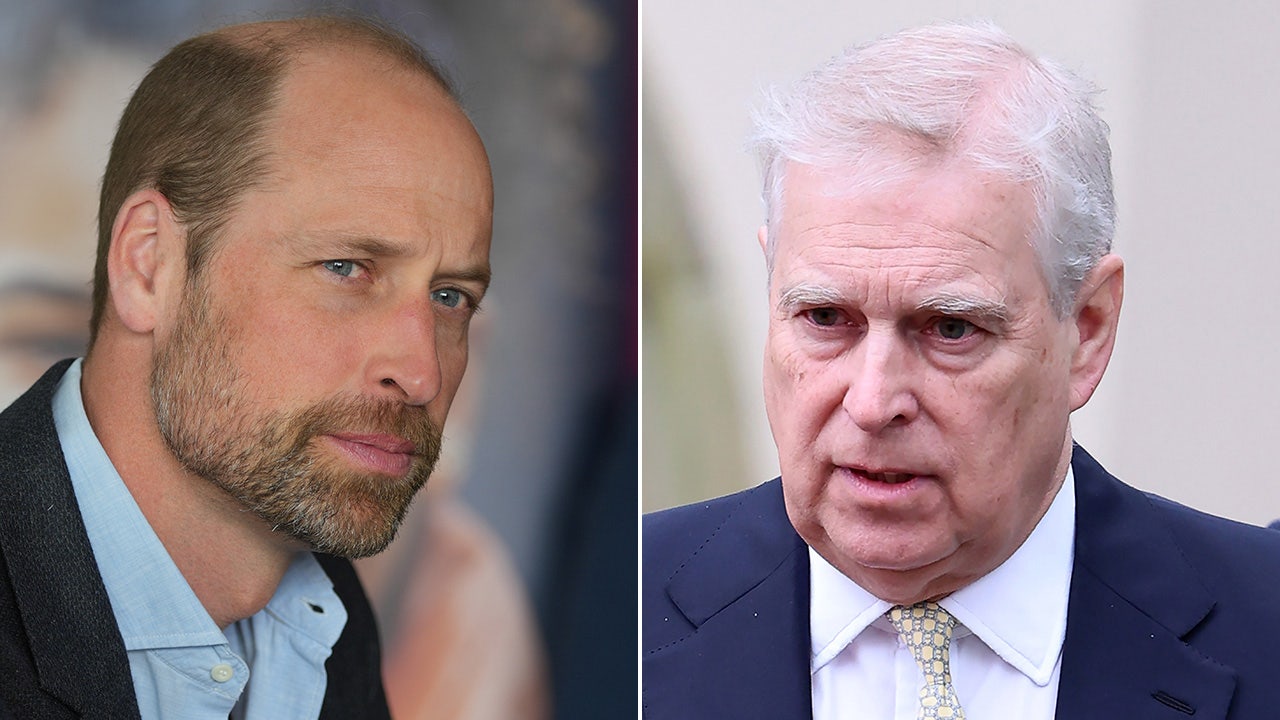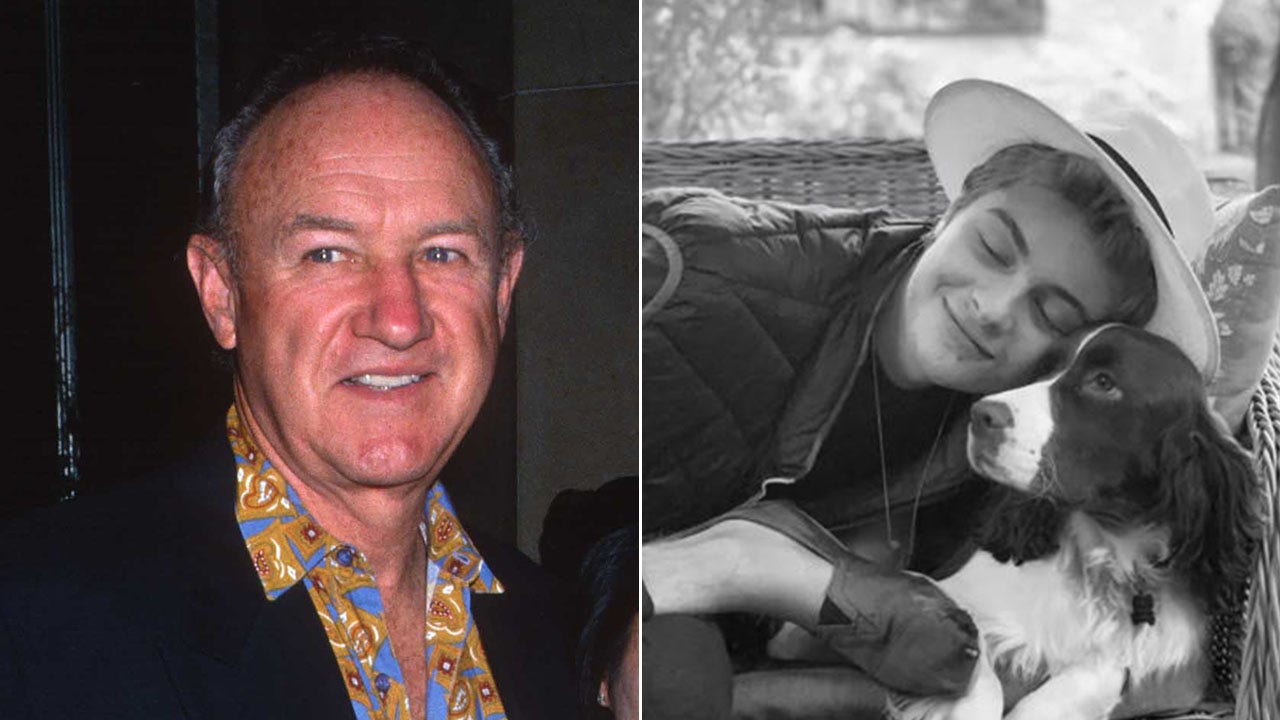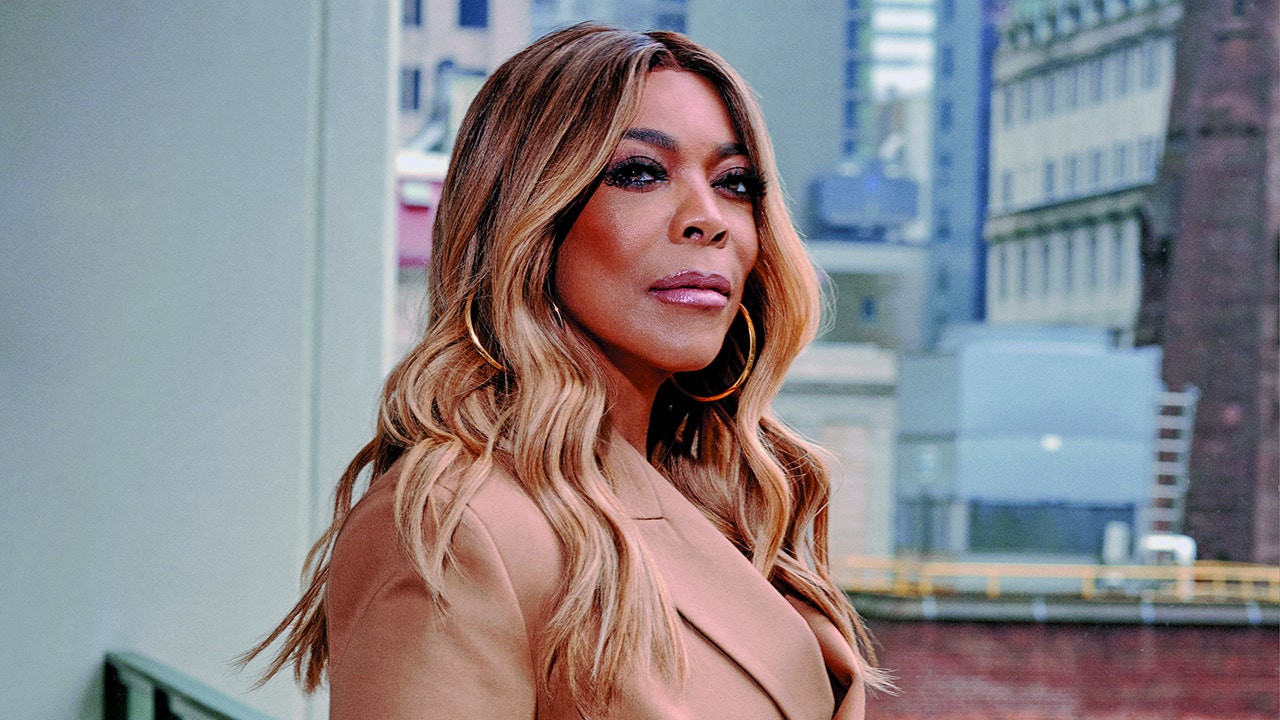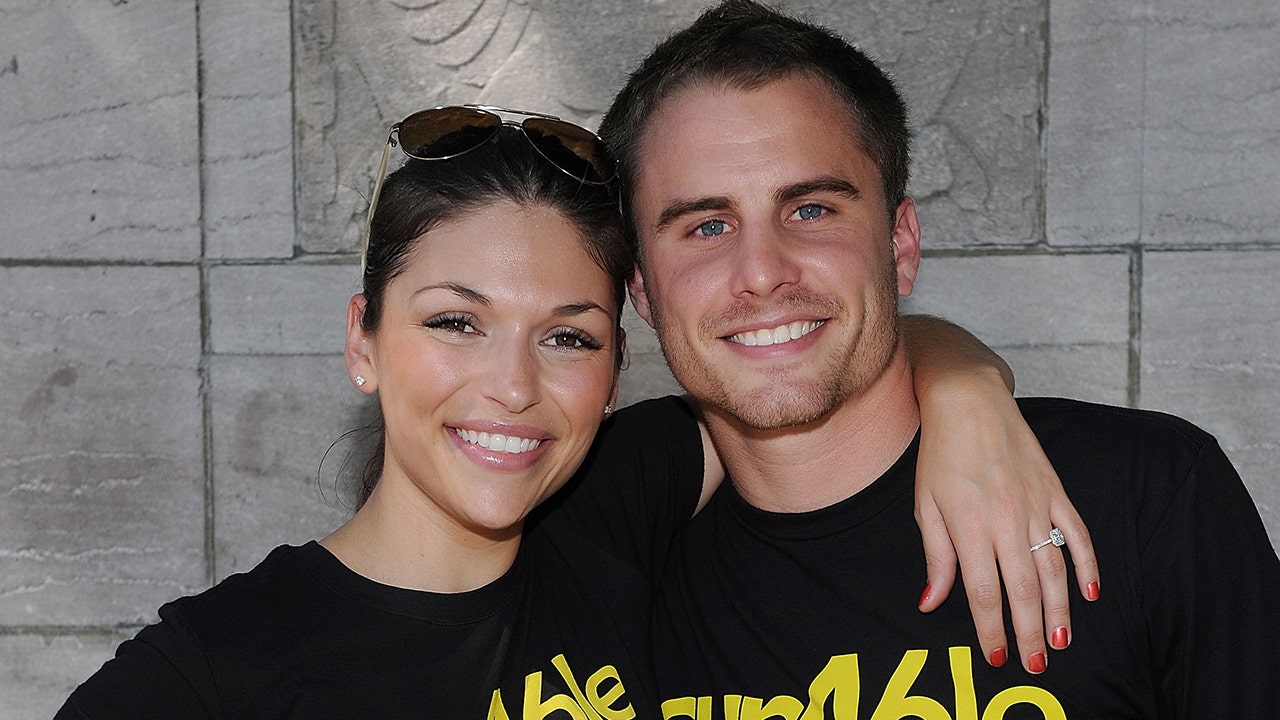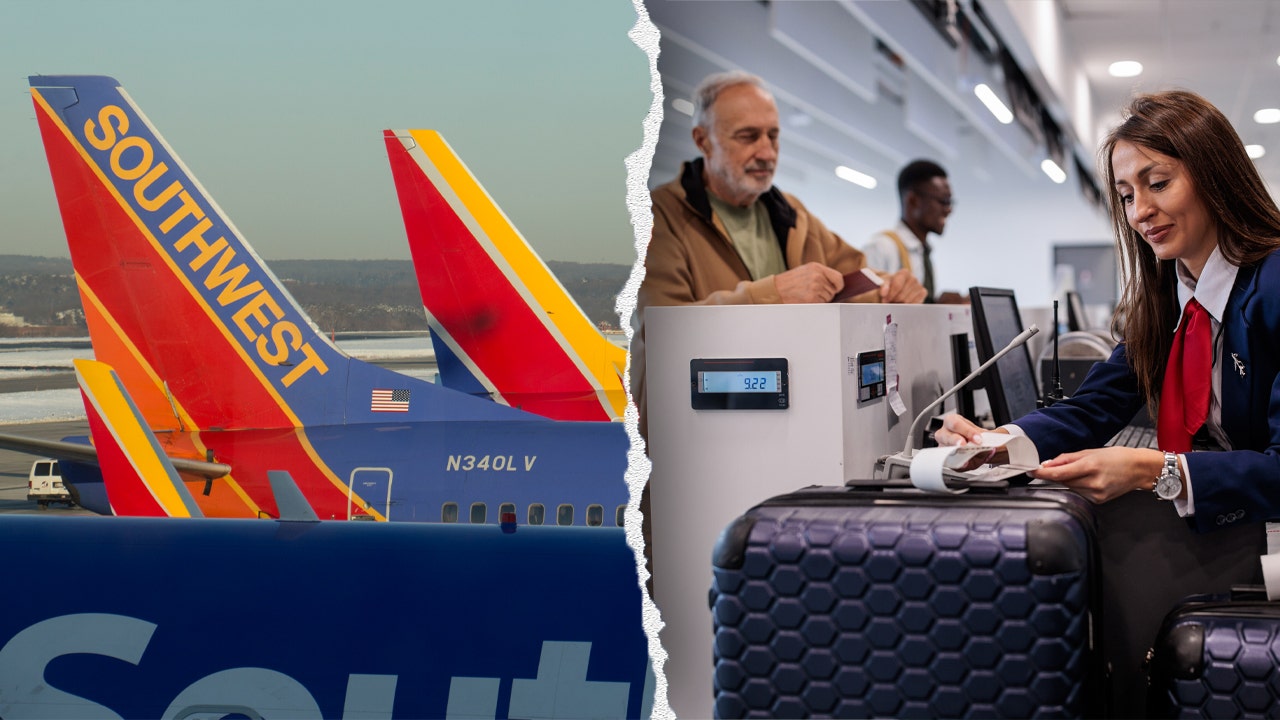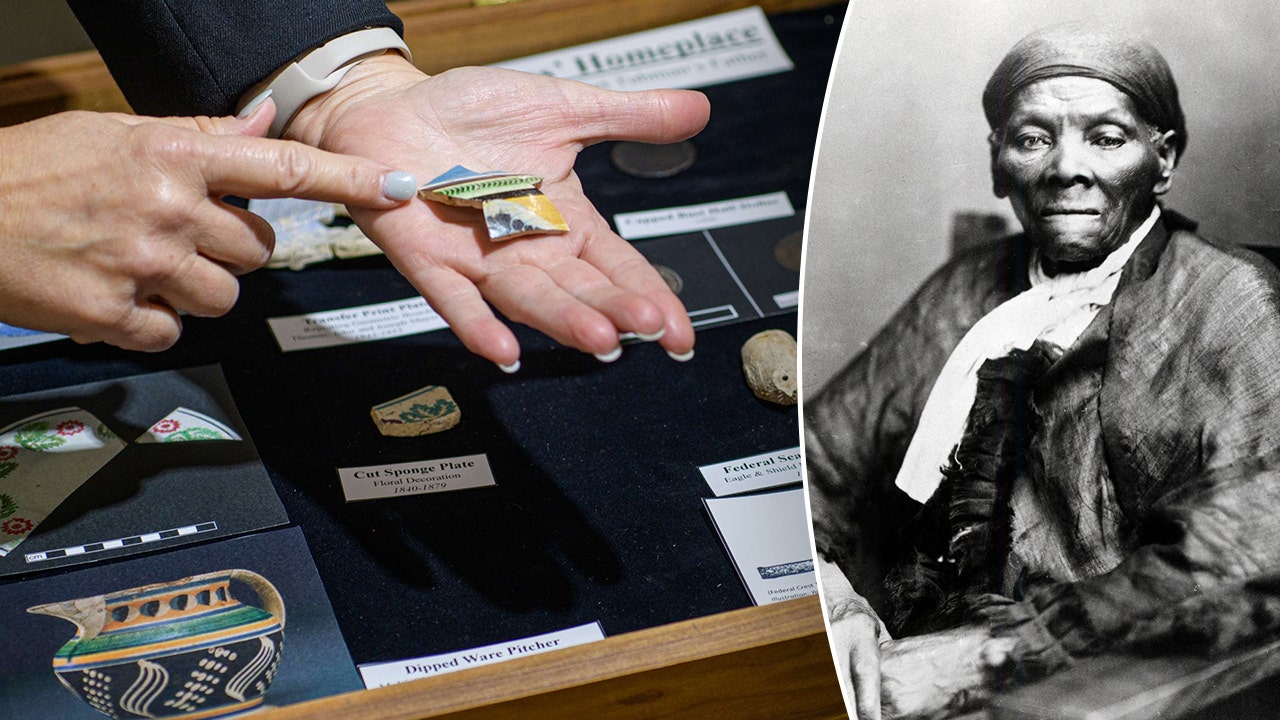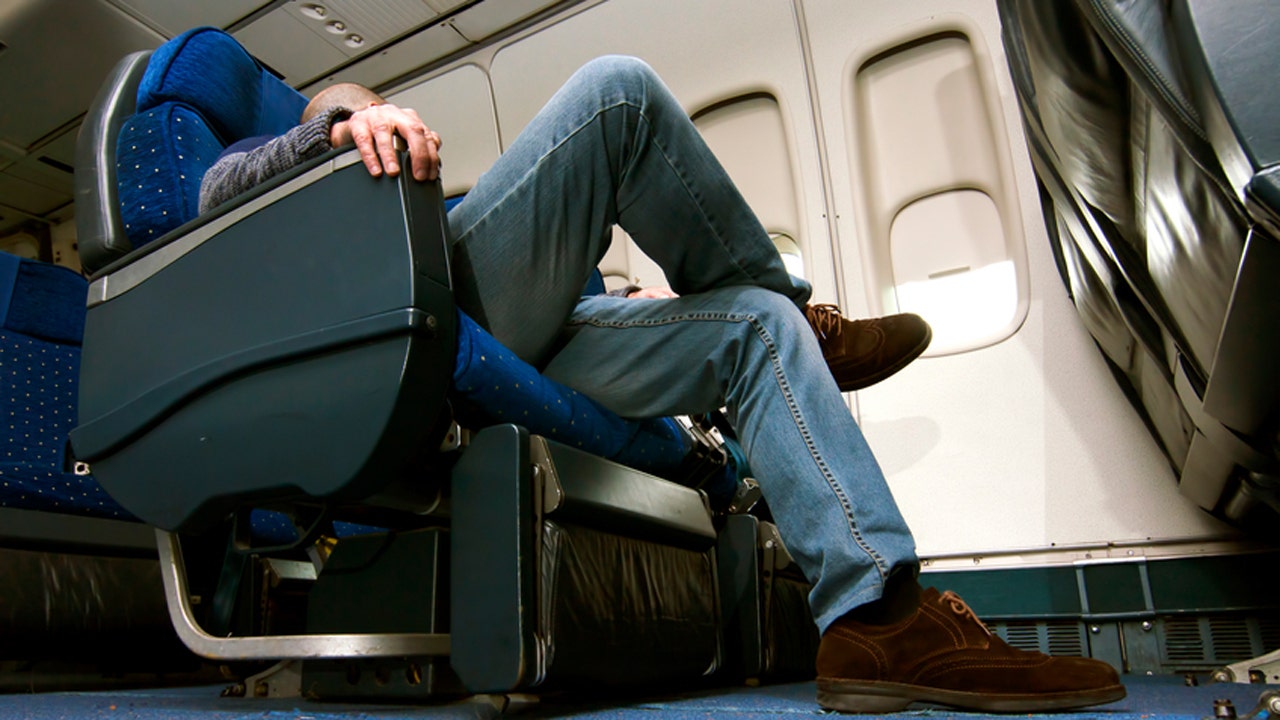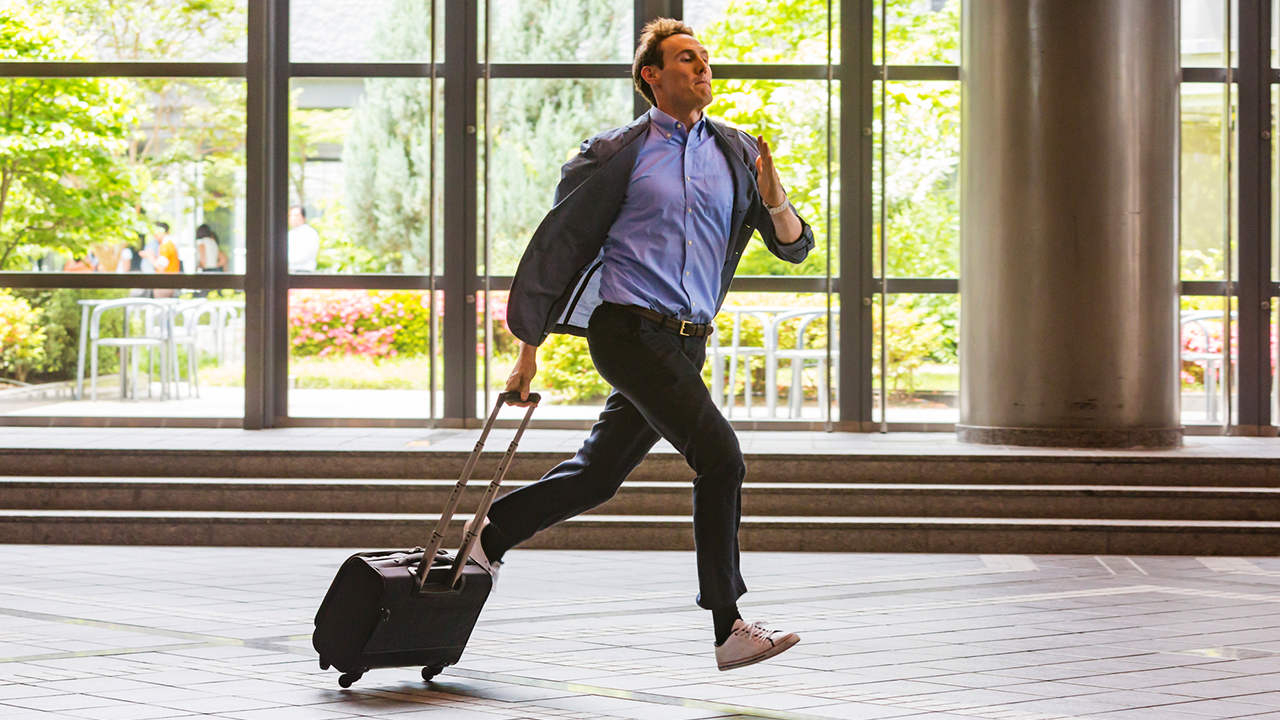SANIBEL, Fla. — The final buckets of sand laid in Sanibel’s beach restoration project mark both an ending and a new beginning. After being battered by relentless storms, the cherished shores of Sanibel Island are on the road to recovery, yet the path remains fraught with challenges.
Final buckets of sand laid in Sanibel’s beach restoration project
“It’s been a long haul since Hurricane Ian,” reflected Holly Milbrandt, the Director of Natural Resources for the City of Sanibel. It’s hard to forget the haunting images of the storm surge, capturing the devastation that left the landscape scarred and the beaches eroded.
Milbrandt’s observations resonate with anyone who witnessed those turbulent days. “The impacts from Hurricane Ian were just so tremendous that we knew that Mother Nature was going to need an assist,” she added, her voice tinged with a mix of hope and weariness.
As the solemn aftermath of Hurricane Ian faded, the island faced yet more trials with the arrival of hurricanes Helene and Milton. Storms seem to have a way of testing resilience, and Sanibel’s beaches bore the brunt yet again.
“As the tidal surge recedes off the island, it loses a lot of energy, kind of finding the easiest way out,” explained Milbrandt. It is a harsh reality, but for many of the beaches, this path of least resistance turned out to be the access points with little vegetation to anchor the sand. The very nature of these delicate ecosystems came into question.
“What we also saw was a scouring effect along many parts of the beach,” Milbrandt mentioned. “These short parallel depressions are carving their way into the dunes, so we’ve been trying to level those out.” There’s a bittersweet truth in these descriptions; the beautiful beaches many visit for a day of sun had transformed into a battlefield, one that required careful tending and restoration.
On Friday, the last of the sand was lovingly placed along the shore, but Milbrandt warns that the work is far from over. Securing dunes with vegetation stands next on the agenda. “A healthy, vegetated dune system is essential to keeping the sand in place and fostering the dune’s growth over time,” she said, emphasizing a commitment not only to restoration but also to sustainability.
Plans are already underway for planting vegetation near Lighthouse Beach, projected to start the week of February 10. Milbrandt is optimistic, yet candid: without these protective dunes, future surge events could spell disaster.
“None of us want to experience another Hurricane Ian,” Milbrandt remarked. The vulnerability of Sanibel serves as a stark reminder that without the natural barriers forged by years of landscape management, devastation could easily escalate.
The financial burden of restoring Sanibel’s beaches has reached over $20 million. Thankfully, much of this sum was offset by grants from FEMA and the Florida Department of Environmental Protection, illustrating a collaborative push to put the island back on its feet.
As the island begins to heal, there’s a prevalent spirit of unity among local businesses and residents who cherish their coastline. They understand that each grain of sand represents their shared history, hopes, and dreams. In that respect, Sanibel’s beaches are not merely strips of land; they are the lifeblood of a community deeply connected to nature. And with each shovelful of sand, they are manifesting a brighter future, one grain at a time.




